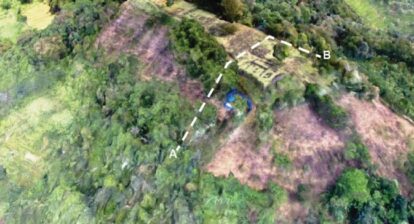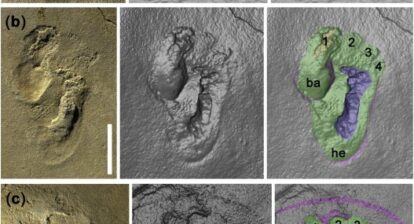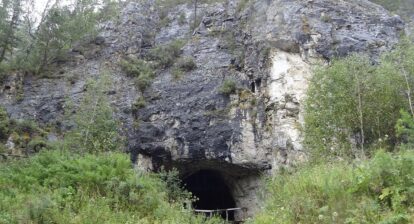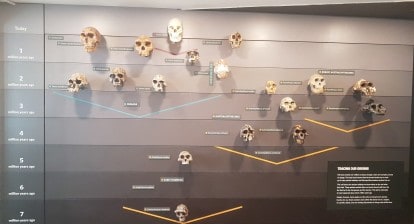Till very recently, we thought that language, what we call culture and art, even technology were the domain of one group: Homo sapiens – us. However, this can no longer be accepted as true. A few months ago I did a video/podcast on the Neanderthals and Denisovans, two of our ancient, now extinct cousins, talking about the fact they were not savage brutes but – at least for the Neanderthals – had some kind of culture. We now know that they were skilled toolmakers, who made spears and axes. Around 300,000 years ago they developed an innovative stone technology known as the Levallois technique, which required making pre-shaped stone cores that could be finished into a tool at a later time. They were intelligent hunters, who were able to communicate with each other. There is also evidence that they looked after their sick and buried their dead, indicating a social structure based on fellow-feeling. Plus, we also interbred with them and carry their DNA.
(Ancient Africans and how our ancestors interbred with other species)
And now scientists have shared the discovery of a 51,000-year-old engraved bone from the Harz Mountains in Germany that they say was produced by Neanderthals. The carvings were made on the bones of giant deer (Megaloceros giganteus) and the chevron patterns they depict show that this was not a random act.
Carbon dating has revealed that the bones were at least 51,000 years old and the authors of the study believe that the markings had a symbolic meaning, highlighting the cognitive capacity, expertise and artistic ability of the Neanderthals. According to the study, “The engraved bone demonstrates that conceptual imagination, as a prerequisite to compose individual lines into a coherent design, was present in Neanderthals. Therefore, Neanderthal’s awareness of symbolic meaning is very likely. Our findings show that Neanderthals were capable of creating symbolic expressions before H. sapiens arrived in Central Europe.”
Previous artistic expressions by the Neanderthals are believed to have been found in La Pasiega, Maltravieso, and Ardales (all three are in Spain). Check out the video to see the 3D version of the engravings.
Study: Leder, D., Hermann, R., Hüls, M. et al. A 51,000-year-old engraved bone reveals Neanderthals’ capacity for symbolic behaviour. Nat Ecol Evol (2021). https://doi.org/10.1038/s41559-021-01487-z






